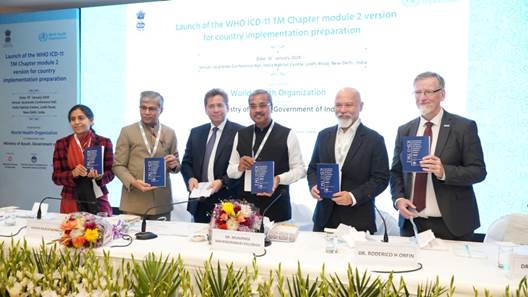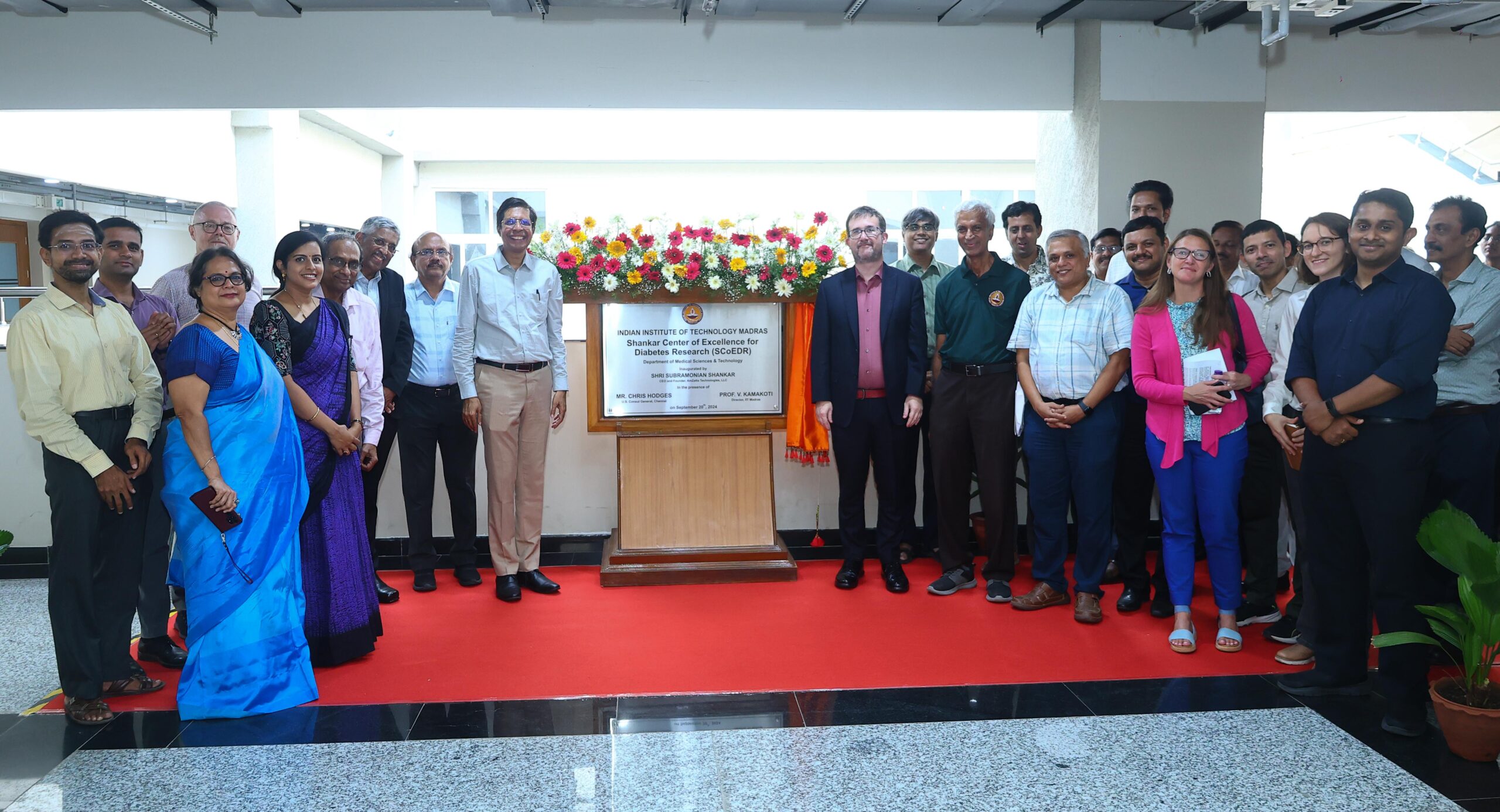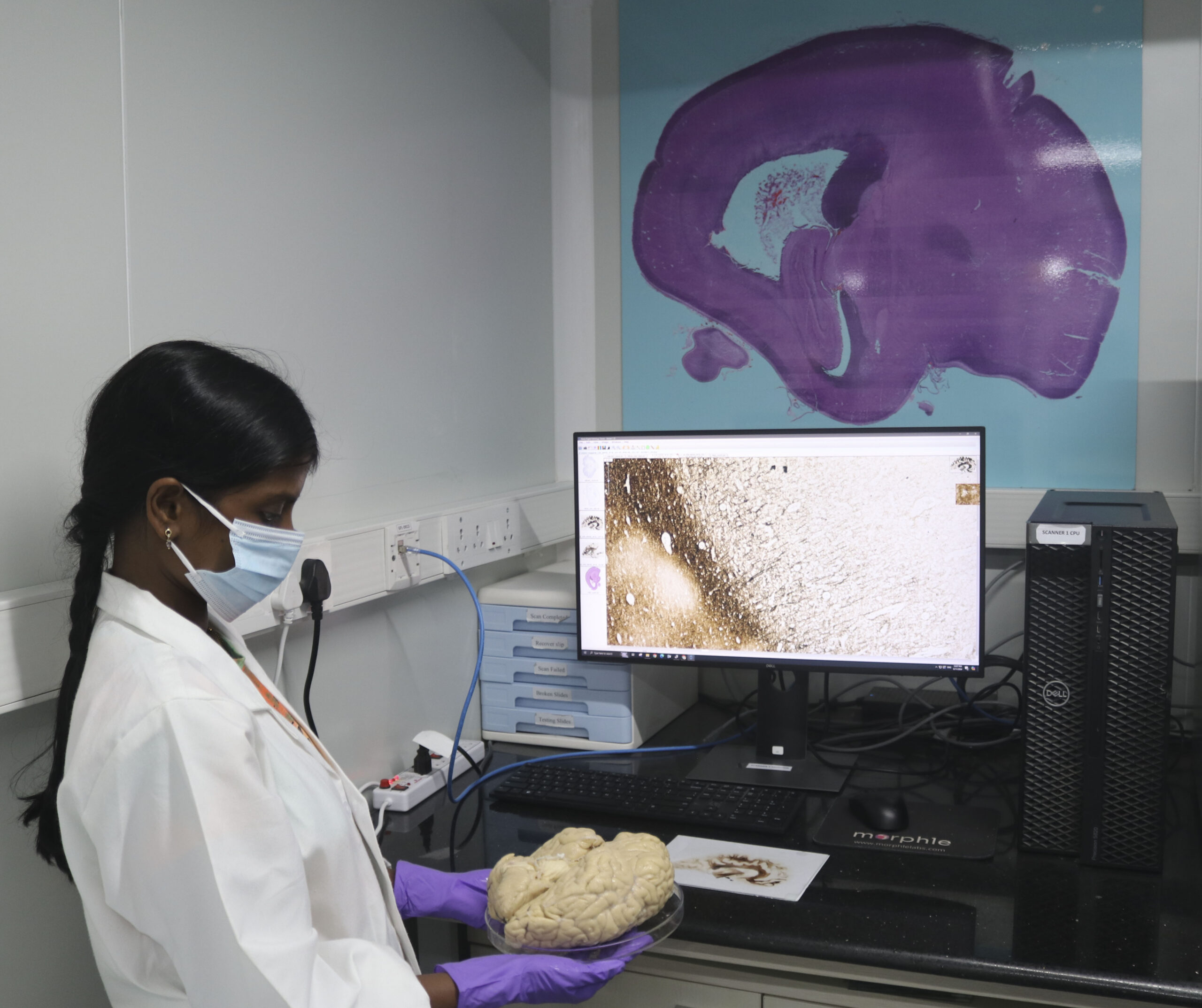Data and terminology related to diseases based on Ayurveda, Siddha and Unani Medicine have been indexed as a code and included in the WHO Disease Classification Series ICD-11 and preparations have started for its implementation.
This is expected to further strengthen and expand India’s healthcare delivery system, research, Ayush insurance coverage, research & development, policy making system etc. Apart from this, these codes can also be used to formulate future strategies to control various diseases in the society.
The Ministry of AYUSH in collaboration with World Health Organization has prepared a classification of diseases used in Ayurveda, Siddha and Unani systems under TM-2 module of ICD-11 series. A Donor Agreement between the World Health Organization and the Ministry of Ayush was also signed earlier for this classification.
Launching the ICD-11, TM Module-2 at the India Habitat Centre, Dr. Munjapara Mahendrabhai, Union Minister of State for Ayush and Women & Child Development said that there is a need to modernize Ayush medicine by integrating it with global standards in India as well as across the world.
The inclusion of traditional medical terminologies in ICD-11 forms a link between traditional medicine and global standards, said Dr. Radarico H. Ofrin, WHO Representative to India.
According to Dr Rudy Eggers, Director of Integrated Health Services, WHO, the inclusion of TM Module 2 in ICD-11 can be seen as a movement along with the global recognition of traditional medicine. The strategy for this was prepared from 2014 to 2023 and the first draft of the WHO strategy for Traditional Medicine for 2025 to 2034 has been prepared.
Representatives from member countries of WHO including Brazil, Bangladesh, Malaysia, Mauritius, Sri Lanka, Nepal, Iranand Britain shared their experiences regarding the current status of Traditional Medicine in their respective countries.
According to the WHO, the International Classification of Diseases (ICD) provides a common language that allows health professionals to share standardized information across the world. The eleventh revision contains around 17 000 unique codes, more than 120 000 codable terms and is now entirely digital.



